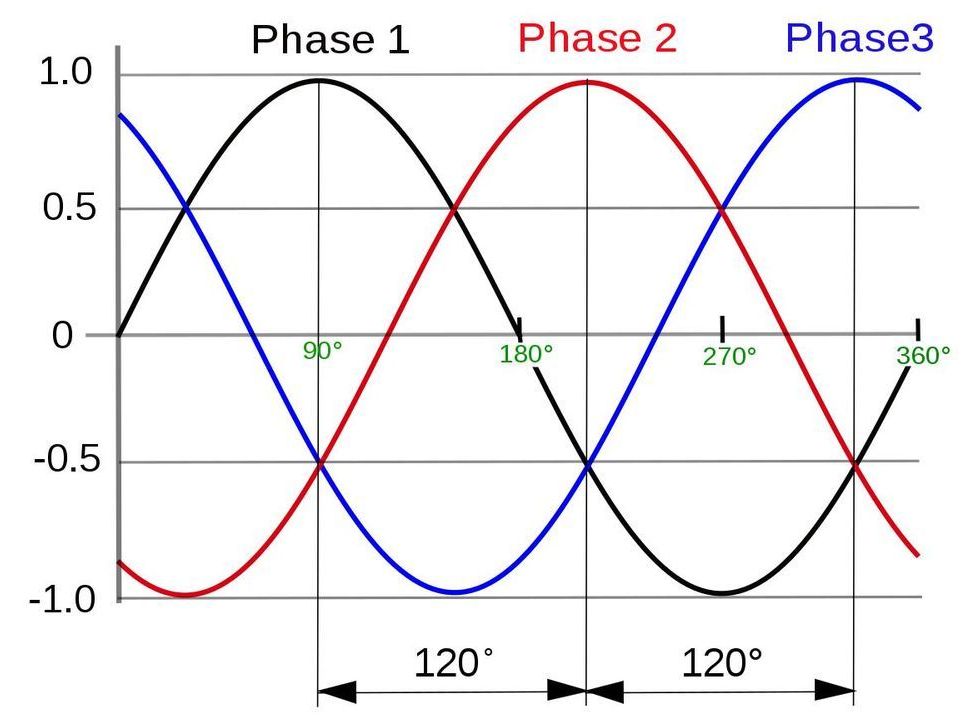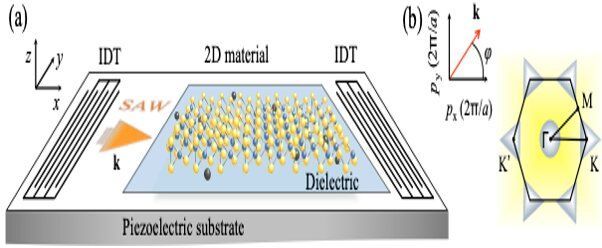To all whom it may concern Be it known that I, NIKOLA TESLA, a citizen of the United States, residing in the borough of Manhattan, in the city, county, and State of New York, have invented certain new and useful Improvements in Apparatus for Transmitting Electrical Energy, of which the following is a specification, reference being bad to the drawing accom-’ panying and forming a part of the same.
Category: energy – Page 334
Tesla Tower Texas Wardenclyffe Tower
Texas Copy of The Wardenclyffe Tower (1901–1917), also known as the Tesla Tower, was an early experimental wireless transmission station designed and built by Nikola Tesla in Shoreham, New York in 1901–1902. Tesla intended to transmit messages, telephony and even facsimile images across the Atlantic to England and to ships at sea based on his theories of using the Earth to conduct the signals. His decision to scale up the facility and add his ideas of wireless power transmission to better compete with Guglielmo Marconi’s radio based telegraph system was met with refusal to fund the changes by the project’s primary backer, financier J. P. Morgan. Additional investment could not be found, and the project was abandoned in 1906, never to become operational.
In an attempt to satisfy Tesla’s debts, the tower was demolished for scrap in 1917 and the property taken in foreclosure in 1922. For 50 years, Wardenclyffe was a processing facility producing photography supplies. Many buildings were added to the site and the land it occupies has been trimmed down to 16 acres (6.5 ha) but the original, 94 by 94 ft (29 by 29 m), brick building designed by Stanford White remains standing to this day. Wiki.

Polyphase system
A polyphase system is a means of distributing alternating-current electrical power where the power transfer is constant during each electrical cycle. Polyphase systems have three or more energized electrical conductors carrying alternating currents with a defined phase angle between the voltage waves in each conductor; for three-phase voltage, the phase angle is 120° or ~2.09 radians. Polyphase systems are particularly useful for transmitting power to electric motors which rely on alternating current to rotate. The most common example is the three-phase power system used for industrial applications and for power transmission. Compared to a single-phase, two-wire system, a three-phase three-wire system transmits three times as much power for the same conductor size and voltage.
Systems with more than three phases are often used for rectifier and power conversion systems, and have been studied for power transmission.


High-power Military Lasers: The Pentagon’s laser weapon plans expand
Solid state laser :3.
Advances in high-energy solid-state lasers and encouraging results from field trials show expanded capabilities of recent U.S military laser prototypes.



Unconventional phenomena triggered by acoustic waves in 2-D materials
Researchers at the Center for Theoretical Physics of Complex Systems (PCS), within the Institute for Basic Science (IBS, South Korea), and colleagues have reported a novel phenomenon, called Valley Acoustoelectric Effect, which takes place in 2-D materials, similar to graphene. This research is published in Physical Review Letters and brings new insights to the study of valleytronics.
In acoustoelectronics, surface acoustic waves (SAWs) are employed to generate electric currents. In this study, the team of theoretical physicists modelled the propagation of SAWs in emerging 2-D materials, such as single-layer molybdenum disulfide (MoS2). SAWs drag MoS2 electrons (and holes), creating an electric current with conventional and unconventional components. The latter consists of two contributions: a warping-based current and a Hall current. The first is direction-dependent, is related to the so-called valleys—electrons’ local energy minima—and resembles one of the mechanisms that explains photovoltaic effects of 2-D materials exposed to light. The second is due to a specific effect (Berry phase) that affects the velocity of these electrons travelling as a group and resulting in intriguing phenomena, such as anomalous and quantum Hall effects.
The team analyzed the properties of the acoustoelectric current, suggesting a way to run and measure the conventional, warping, and Hall currents independently. This allows the simultaneous use of both optical and acoustic techniques to control the propagation of charge carriers in novel 2-D materials, creating new logical devices.
